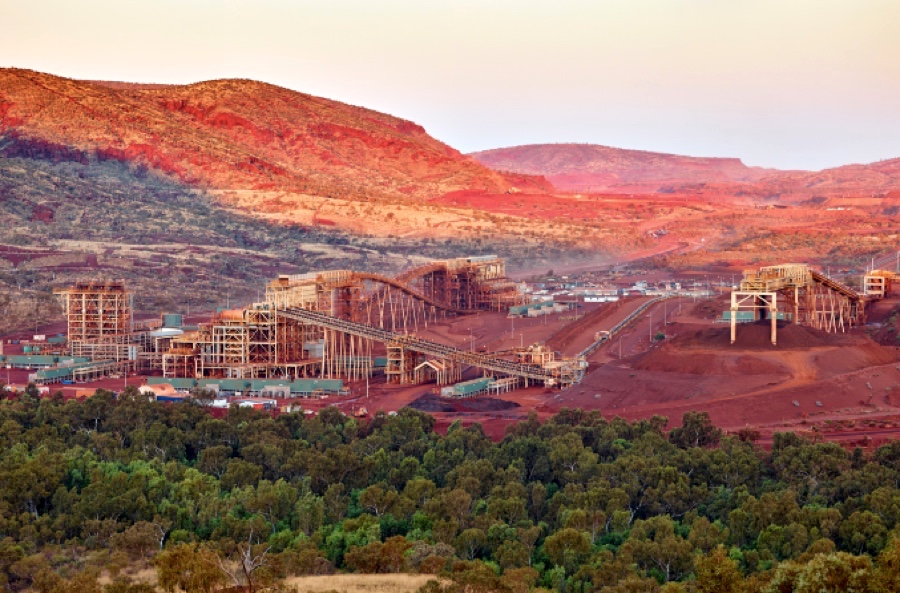
An Australian Aboriginal group said on Tuesday that Fortescue Metals is withholding nearly A$2 million ($1.4 million) in royalty payments until it signs off on mining leases that cover areas containing many sacred sites.
The country of the Eastern Guruma, or Wintawari Guruma, people is one of the most heavily explored areas in Australia, with more than 93% covered by mining tenements, the Wintawari Guruma Aboriginal Corporation (WGAC), said. The group estimates at least 434 heritage sites on their land have already been destroyed through mining, while 285 more are close to mining operations and inaccessible to traditional owners.
“We did not know that over 400 of our sites would be destroyed”
WGAC director Joselyn Hicks
Fortescue’s Solomon Hub, which has production capacity of 75 million tonnes per annum, or about 40% of the miner’s production, is on Eastern Guruma land, along with some 90 kilometres of its Eliwana railway.
The group has asked for more information before they approve new leases Fortescue has applied for, WGAC director Joselyn Hicks told an Australian parliamentary inquiry on Tuesday.
“These mining lease areas contain numerous sacred sites…. (Fortescue) have advised us that they will only pay the royalties when we sign off on the mining leases.” The payments amount to A$1.9 million, she said.
Fortescue said it has “been working closely with Wintawari to assist them in meeting the obligations under the Native Title Agreement,” including a variation to include new exclusion zones and additional benefits last year.
“We are committed to open and transparent engagement to facilitate the outstanding royalty payment, in accordance with the contractual agreement and the obligations of both parties,” Chief Executive Elizabeth Gaines said in a statement.
Hicks said the people’s agreements with the world’s fourth biggest iron ore miner contain no legal provisions to protect their cultural heritage, leaving them reliant on its discretion to safeguard their interests.
The inquiry is looking at how Rio Tinto legally destroyed sacred rock shelters showing 46,000 years of human habitation as part of an iron ore mine expansion in Western Australia in May.
Hicks said traditional owners had not known the level of destruction of their country that would result when they signed agreements with miners Fortescue and Rio Tinto.
“We did not know that over 400 of our sites would be destroyed. We did not know that our sacred springs would dry up. We did not know that we would be locked out of our own country.”
($1 = 1.3902 Australian dollars)
(By Melanie Burton; Editing by Jan Harvey)
Comments